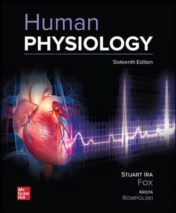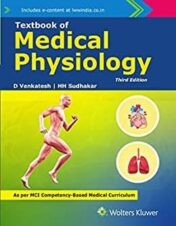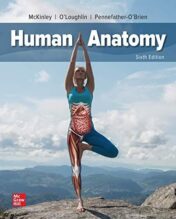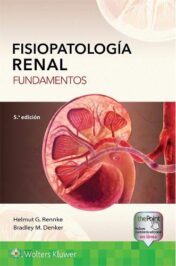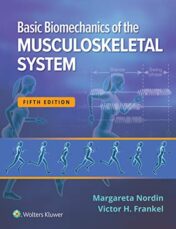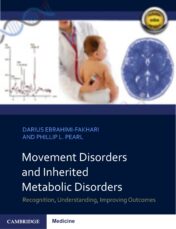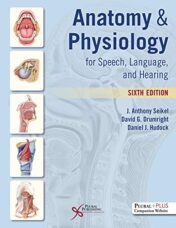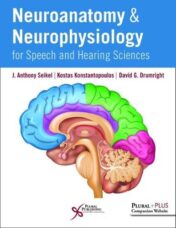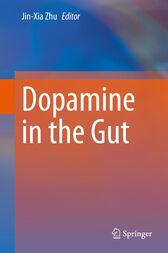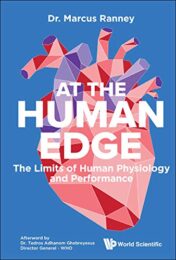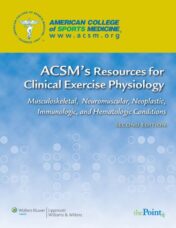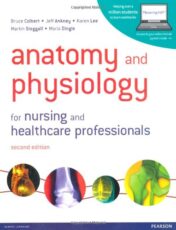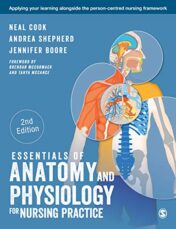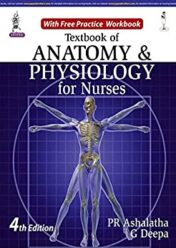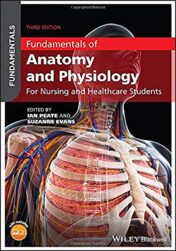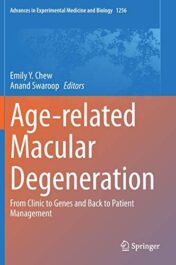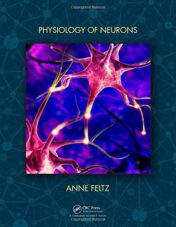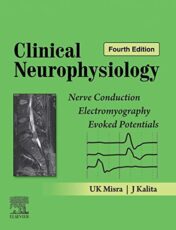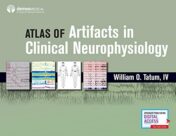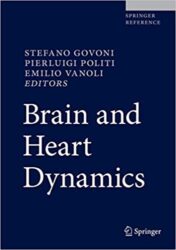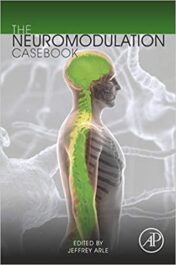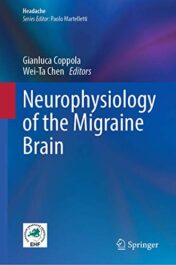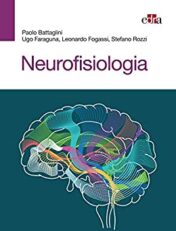Discover the Best Physiology Books to Enhance Your Knowledge
Discover the Best Physiology Books Now!
Are you looking for the best physiology books to help you understand the human body? Look no further! At DentalBooks.net, we have a wide selection of physiology books that will give you an in-depth understanding of the human body and its functions. From anatomy to biochemistry, our books cover all aspects of physiology and provide detailed explanations of how the body works. Whether you’re a student or a professional, our books can help you gain a better understanding of the human body and its systems. So don’t wait any longer – explore our selection of physiology books today and start learning more about the human body! Click here to get started!
Physiology Books
Physiology Books
Textbook of Medical Physiology, 3rd edition Original PDF 2020
Physiology Books
Physiology Books
Physiology Books
Physiology and Nutrition for Amateur Wrestling (Original PDF)
Physiology Books
Anatomy & Physiology for Speech, Language, and Hearing, Sixth Edition (Original PDF)
Physiology Books
Physiology Books
Physiology Books
Physiology Books
Sports Physiology – Medical School Crash Course (Original PDF)
Physiology Books
Essentials of Anatomy and Physiology for Nursing Practice, 2nd Edition (Original PDF)
Physiology Books
Physiology Books
Atlas of Artifacts in Clinical Neurophysiology (Original PDF)
Physiology Books
Physiology Books
Physiology Books
Physiology Books
Introduction
Are you looking to enhance your knowledge of physiology? If so, then you've come to the right place! Here, we have compiled a list of the best physiology books available. Whether you are a student, a professional, or just someone who is curious about the human body, these books will provide you with an in-depth understanding of the subject. From anatomy and biochemistry to cell biology and genetics, these books cover all aspects of physiology. With clear explanations and helpful illustrations, they are sure to help you gain a better understanding of this fascinating field. So, if you're ready to take your knowledge of physiology to the next level, read on to discover the best physiology books to enhance your knowledge.
Overview of Physiology and Its Role in Human Health
Physiology is the scientific study of the functions and processes that occur in living organisms. It is a branch of biology that focuses on how organisms, organs, and cells work together to create life. Physiology is an important field of study because it helps us understand how our bodies function and how we can maintain good health.
The human body is made up of many different systems, each with its own unique set of functions. The cardiovascular system is responsible for circulating blood throughout the body, while the respiratory system is responsible for taking in oxygen and expelling carbon dioxide. The digestive system breaks down food into nutrients that can be used by the body, and the endocrine system produces hormones that regulate various bodily functions. All of these systems work together to keep the body functioning properly.
Physiology also studies the effects of external factors on the body. For example, exercise has been shown to have positive effects on the cardiovascular system, while stress can have negative effects on the immune system. By understanding how the body responds to different stimuli, we can better understand how to maintain good health.
In addition to studying the body’s systems, physiology also looks at how the body interacts with its environment. This includes studying how the body responds to changes in temperature, humidity, and other environmental factors. By understanding how the body reacts to its environment, we can better understand how to protect ourselves from disease and injury.
Overall, physiology plays an important role in human health. By understanding how the body works and how it responds to its environment, we can better understand how to maintain good health and prevent disease.
Exploring the Anatomy and Physiology of the Human Body
Exploring the anatomy and physiology of the human body is an incredibly fascinating journey. It is a complex system that is made up of many different parts, all working together to keep us alive and functioning.
The anatomy of the human body is the study of its structure. This includes the bones, muscles, organs, and other tissues that make up our bodies. Anatomy looks at how these structures are arranged and how they interact with each other. It also looks at how the body moves and functions.
Physiology is the study of how the body works. It looks at how the body’s systems work together to maintain homeostasis, or balance. Physiology looks at how the body responds to stimuli, such as changes in temperature, light, and sound. It also looks at how the body processes nutrients and eliminates waste.
The human body is made up of several major systems, including the skeletal, muscular, circulatory, respiratory, digestive, endocrine, reproductive, and nervous systems. Each system has its own unique function and plays an important role in keeping us healthy.
The skeletal system provides support and protection for the body. It consists of bones, joints, and ligaments. The bones provide structure and support, while the joints allow for movement. The ligaments connect the bones and help to stabilize them.
The muscular system is responsible for movement. It consists of muscles, tendons, and ligaments. Muscles contract and relax to move the body. Tendons attach muscles to bones, while ligaments attach bones to other bones.
The circulatory system is responsible for transporting oxygen, nutrients, and hormones throughout the body. It consists of the heart, blood vessels, and blood. The heart pumps blood through the vessels, which carry it to the cells.
The respiratory system is responsible for bringing oxygen into the body and removing carbon dioxide. It consists of the lungs, airways, and diaphragm. The lungs take in oxygen and expel carbon dioxide. The airways transport the oxygen to the cells, while the diaphragm helps to regulate breathing.
The digestive system is responsible for breaking down food and absorbing nutrients. It consists of the mouth, esophagus, stomach, small intestine, large intestine, and rectum. The mouth breaks down food, while the esophagus transports it to the stomach. The stomach and intestines break down food further and absorb nutrients. The rectum stores waste until it is eliminated.
The endocrine system is responsible for producing hormones. It consists of the pituitary gland, thyroid gland, adrenal glands, pancreas, ovaries, and testes. These glands produce hormones that regulate growth, metabolism, reproduction, and other bodily functions.
The reproductive system is responsible for producing offspring. It consists of the male and female reproductive organs. The male reproductive organs produce sperm, while the female reproductive organs produce eggs.
The nervous system is responsible for sending signals throughout the body. It consists of the brain, spinal cord, and nerves. The brain sends signals to the rest of the body, while the spinal cord carries signals from the brain to the rest of the body. The nerves carry signals from the spinal cord to the muscles and organs.
Exploring the anatomy and physiology of the human body is an incredible journey. It is a complex system that is made up of many different parts, all working together to keep us alive and functioning. By understanding how the body works, we can better understand how to keep it healthy and functioning properly.
Understanding the Interaction Between Physiology and Pathology
Understanding the interaction between physiology and pathology is essential for medical professionals to accurately diagnose and treat patients. Physiology is the study of how the body works, while pathology is the study of diseases and their causes. Both are closely related and interact in many ways.
Physiology is the study of the normal functioning of the body’s organs and systems. It looks at how the body works and how it responds to different stimuli. This includes studying the structure and function of cells, tissues, organs, and organ systems. It also looks at how the body maintains homeostasis, or balance, and how it adapts to changes in its environment.
Pathology is the study of disease and its causes. It looks at how diseases develop, how they affect the body, and how they can be treated. Pathologists use a variety of techniques to diagnose diseases, including laboratory tests, imaging studies, and biopsies. They also look at how diseases progress and how they can be prevented.
The interaction between physiology and pathology is complex and multifaceted. For example, when a patient has a disease, the pathology of the disease can affect the physiology of the body. The disease may cause changes in the body’s organs and systems, which can lead to further complications. On the other hand, changes in the body’s physiology can also lead to the development of certain diseases. For instance, an unhealthy lifestyle can lead to obesity, which increases the risk of developing diabetes.
In addition, understanding the interaction between physiology and pathology can help medical professionals make more accurate diagnoses and provide better treatments. By looking at both the physiological and pathological aspects of a patient’s condition, doctors can get a better understanding of the underlying cause of the disease and develop more effective treatments.
Overall, understanding the interaction between physiology and pathology is essential for medical professionals to accurately diagnose and treat patients. By looking at both the physiological and pathological aspects of a patient’s condition, doctors can get a better understanding of the underlying cause of the disease and develop more effective treatments.
Examining the Impact of Nutrition on Physiological Function
Nutrition plays a vital role in maintaining physiological function. It is essential for the body to receive the right amount of nutrients, vitamins, and minerals to ensure that all systems are functioning properly. Without proper nutrition, the body can become weak and susceptible to disease and illness.
The impact of nutrition on physiological function is far-reaching. Nutrients provide energy for the body to perform its daily activities, as well as help to build and repair tissues. Vitamins and minerals are also necessary for the body to produce hormones, enzymes, and other substances that are essential for normal functioning.
A balanced diet is important for optimal health. Eating a variety of foods from each food group ensures that the body receives the necessary nutrients it needs. Fruits and vegetables are especially important because they contain antioxidants, which help protect the body from damage caused by free radicals. Whole grains, lean proteins, and healthy fats are also important components of a balanced diet.
In addition to providing the body with the necessary nutrients, a healthy diet can also help to reduce the risk of certain diseases. Eating a diet rich in fruits and vegetables has been linked to a lower risk of heart disease, stroke, and some types of cancer. Eating a diet low in saturated fat and cholesterol can also help to reduce the risk of developing high blood pressure and type 2 diabetes.
Exercise is another important factor in maintaining physiological function. Regular physical activity helps to strengthen the muscles and bones, improve cardiovascular health, and reduce stress. Exercise also helps to regulate hormones, which can have a positive effect on mood and overall wellbeing.
Finally, adequate sleep is essential for good health. Sleep helps to restore the body and mind, allowing them to function optimally. Not getting enough sleep can lead to fatigue, irritability, and difficulty concentrating.
In conclusion, nutrition, exercise, and sleep are all essential for maintaining physiological function. Eating a balanced diet, exercising regularly, and getting enough sleep can help to keep the body healthy and functioning properly.
Investigating the Effects of Exercise on Physiological Processes
Exercise is an important part of a healthy lifestyle, and its effects on physiological processes are well-documented. Exercise has been shown to improve cardiovascular health, reduce the risk of chronic diseases, and even improve mental health. Investigating the effects of exercise on physiological processes can help us better understand how physical activity affects our bodies and minds.
The most obvious effect of exercise on physiological processes is improved cardiovascular health. Regular physical activity increases heart rate and blood flow, which helps to strengthen the heart muscle and reduce the risk of heart disease. Exercise also increases the body’s production of endorphins, which can help to reduce stress and improve mood. Additionally, regular physical activity can help to reduce cholesterol levels and lower blood pressure.
Exercise can also have positive effects on metabolic processes. Regular physical activity can help to increase insulin sensitivity, which can help to regulate blood sugar levels and reduce the risk of type 2 diabetes. Exercise can also help to increase the body’s ability to burn fat, which can lead to weight loss and improved overall health.
In addition to its physical benefits, exercise can also have positive effects on mental health. Regular physical activity can help to reduce stress and anxiety, as well as improve mood and cognitive function. Exercise can also help to improve sleep quality, which can help to reduce fatigue and improve overall wellbeing.
Investigating the effects of exercise on physiological processes can help us better understand how physical activity affects our bodies and minds. By understanding the positive effects of exercise, we can make informed decisions about our health and lifestyle choices. Regular physical activity can help to improve cardiovascular health, reduce the risk of chronic diseases, and even improve mental health.
Conclusion
In conclusion, physiology books are a great way to enhance your knowledge and understanding of the human body. With so many different titles available, it can be difficult to know which ones are the best. However, by researching reviews and ratings, you can find the perfect book for your needs. Whether you’re looking for an in-depth exploration of the subject or a more general overview, there is sure to be a physiology book that will help you gain a better understanding of the human body.

